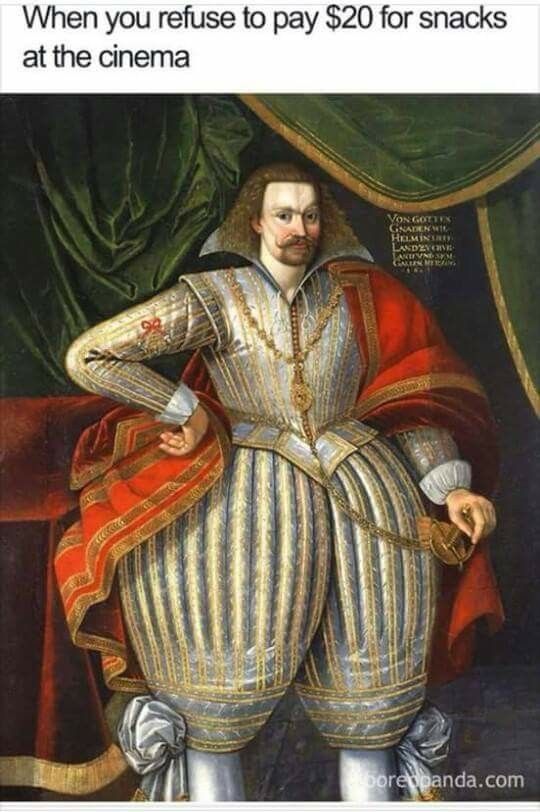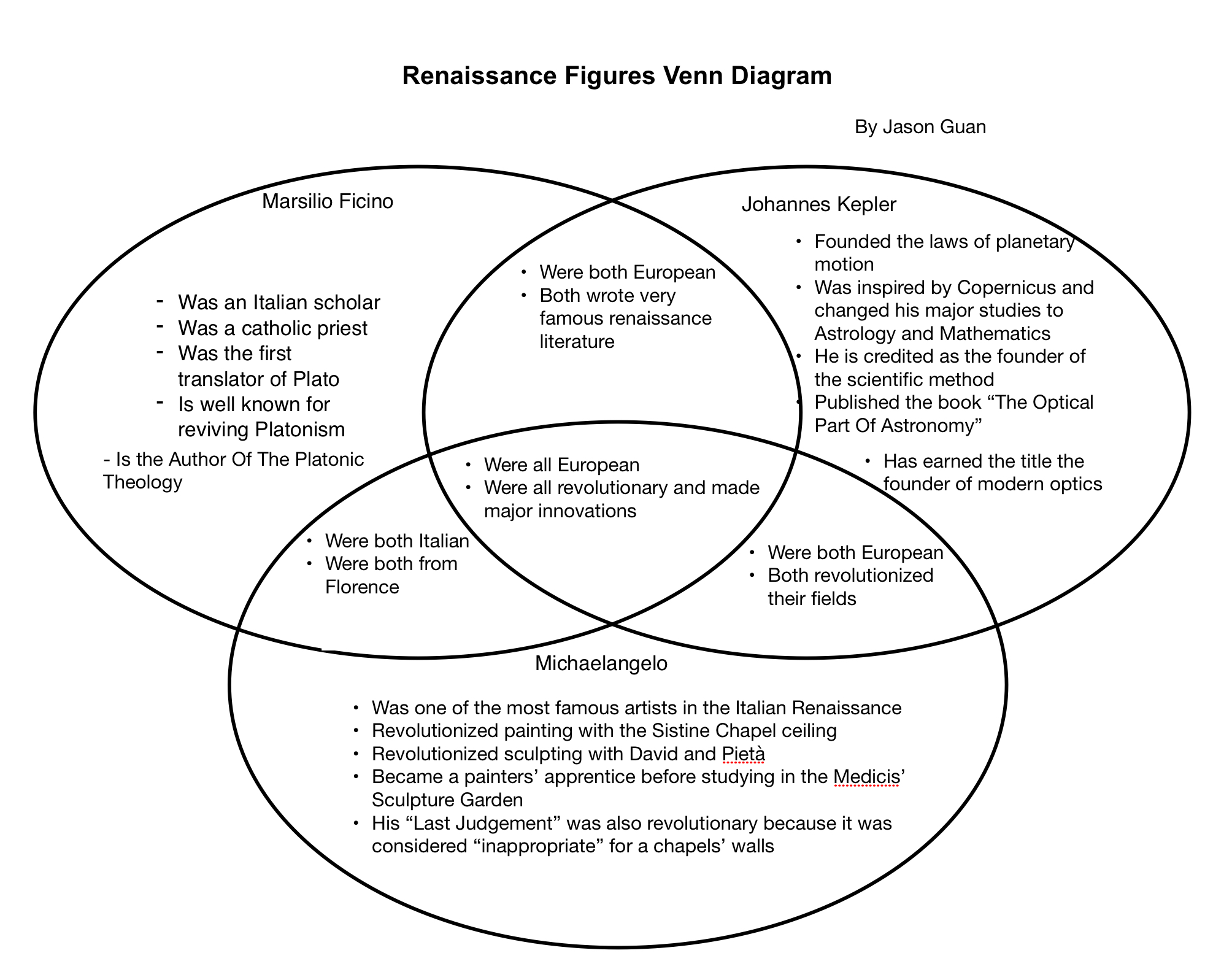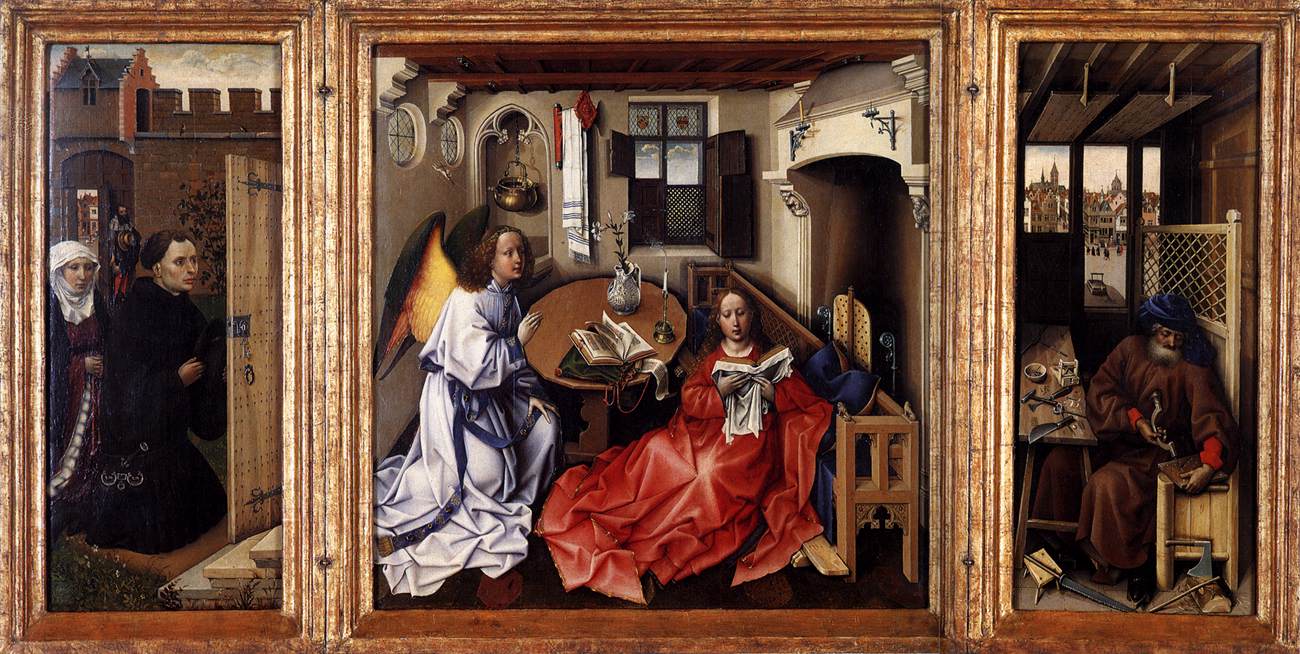Hello there, person currently reading this post. In case you didn’t know, my name is Jason, and this is my magnificent blog. In this blog, I write posts, some of which I may or may not be forced to write. Anyways, in this post I’m going to be rambling about what the LAUNCH cycle is and what it has to do with school and how it’s going to help me in other projects.
So, unfortunately, LAUNCH does not refer to actually launching anything. No rockets or space shuttles or anything physical. Just our minds. So before you get disappointed, don’t say I didn’t warn you. LAUNCH is actually an acronym. It’s an acronym for a simple method to help you with completing a task and/or finding a solution, more specifically, designing something. It stands for:
L – Look, Listen And Learn
A – Ask Questions
U – Understand Ideas
N – Navigate Ideas
C – Create a Prototype
H – Highlight And Fix
Here’s a helpful video to help you better understand the LAUNCH cycle.
So, the main project and goal for this unit was to create a sport. But, as is in every M. Night Shyamalan movie ever, there was a twist. We were only allowed to use 2 squash racquets, some plastic cups, string, balloons, and a wiffleball in terms of equipment. All this really meant was that most of our games revolved around hitting wiffleballs with racquets. So, not very much variety. It was still fun however. Here’s a more in depth analysis:
First, we started with getting into groups. Mine consisted of myself, Emerson, Grace, and Taylor. We then proceeded to research some factors of what makes a sport interesting and also what the public is into. We first did a survey to find out public opinions. We were able to figure out that the public enjoys games in which there are teams of 6 people or more, using multiple body parts, having the winners decided based on a scoring system, and games that are 1 hour or more.
We then figured out what made sports interesting and also what made them boring. Exciting sports usually weren’t very repetitive, were fast paced, and kept the action going, while boring sports were repetitive, slow, and usually have long pauses in between. We used this information and the survey data to create a draft of our game.
Unfortunately, I was sick the day we created our sport, so I’m not very familiar with the rules. If I’m doing a bad job, you can go check out one of my group members’ posts or check out the video I’m about to link below.
So pretty much, our sport is usually played on a rectangular field with goals on either side that were made of 1 piece of string attracted to two balloons. There are at least 3 players in each team and there are two teams. Each team has 1 racquet and 2 cups. The other players have nothing. Only the players on each side with equipment can touch the ball, which is being passed around. The goal is eventually for a player with a cup to pass to the player with that racquet and for that person to hit it into the opponents’ goal. There are no designated positions other than person with racquet, person with cup, or some poor sap with nothing.
Also, our sport was called LLAMABALL. Unfortunately, there are no llamas involved in the sport. Our budget was too tight and I don’t think llamas are technically allowed in schools. Or even in Canada as a pet. Here’s a short video that my teammates and I created to help explain the rules better.
Wow. Wasn’t that delightful. After some fun and goofing around, we played our game against some formidable enemies. Unfortunately, I’m pretty sure we ended up losing. Here are some action shots of our team in action.
Well, I guess that’s the end of this post… wait… I forgot to say why this will help us. This whole launch unit thingy is a skill that we’ll need very soon as we tackle the terrifying sss…sss….SUMMER EXHIBITION. Make sure to be on the lookout for that post, coming soon. Ok, that’s the real end of the post. If you have any compliments, complaints, suggestions, or just to tell me I suck, go ahead and post it. Although I do have the authority to delete your comments and report you, so keep the hate PG-13. Anyways, I’m Jason, and thanks for sitting through yet another of my posts.













